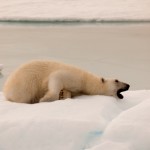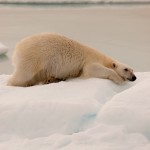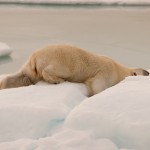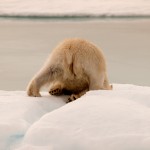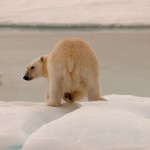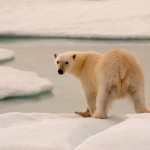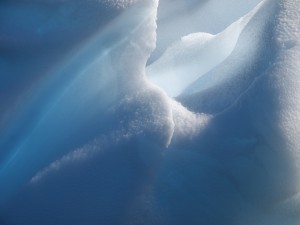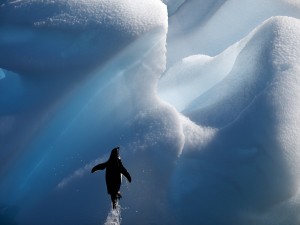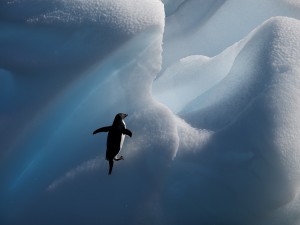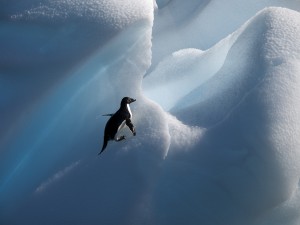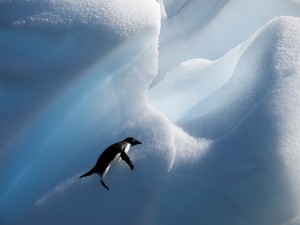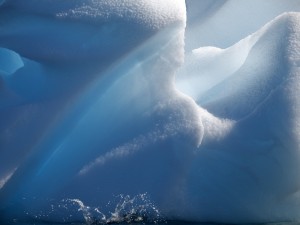This is our second “Where’s Jay” which is actually a historical record, as the Galapagos trip occurred a few weeks ago. It is an amazing place, one of those locations that at least meets ones expectations.
I was the Geographic Expert aboard back-to-back sailings of the National Geographic Endeavour, which has been in the Lindblad trip for quite a while. Originally a Norwegian fishing trawler, the Endeavour is about as solid a sea-going vessel as there is. I’d been aboard the Endeavour in 2008 on two trips to the Antarctic, and if there is anyplace where one wants solidity in structure, the Antarctic is the place.
The Galapagos Islands were essentially a case of sensory overload. Every day was filled with photographic opportunities unavailable anywhere else on the planet. I’d read the information on the islands, how the wildlife are un-afraid of humans, one can be feet or inches from iguanas, blue-footed boobies, giant tortoises, the list goes on and on…and every word I read was proven accurate during my three weeks in the Islands.
You know something is different from the initial get-go. We’d landed in Baltra after the flight from Guayaquil, Ecuador…a bus transporting us from the airport to a small dock, where our Zodiacs met us for a short trip to the Endeavour. A small shed provided shade to two wooden benches, the space on the seats and the space below taken by sleeping sea lions, oblivious to our presence.
These trips are incredible, the passenger essentially only needs to show up and everything else is taken care of. Great cabins, wonderful food, and tremendous information provided by the naturalists aboard the ship. A number of trips are “photographically driven”, with early shore excursions to take advantage of early morning light, as well as late-day outings for the same reason. I was the photographic expert from National Geographic; Lindblad had provided a photographic team that was tremendous, consisting of Mike Nolan, CT Ticknor and Jennifer Davidson.
I’ve suggested to a few friends who are traveling to the Galapagos to take advantage of the snorkeling possibilities here. A good percentage the wildlife exist beneath the surface, and even minimal snorkeling skills will open an entirely new and different world to the photographer.
Two of the three images on this “Where’s Jay” were shot with an underwater housing, specifically the Olympus PT-E05 housing for the Olympus E520. I used a 7-14 exclusively, which required the underwater lens port PPO-E04. It was great having the ability to shoot with an ultra-wide as underwater photography presents several challenges, one being the ability to photograph effectively only a percentage of the distance you can see. Why? When you shoot a still image, it “freezes” all the particulate matter in between you and the subject, causing the subject to be “out of focus” at maximum visual range.
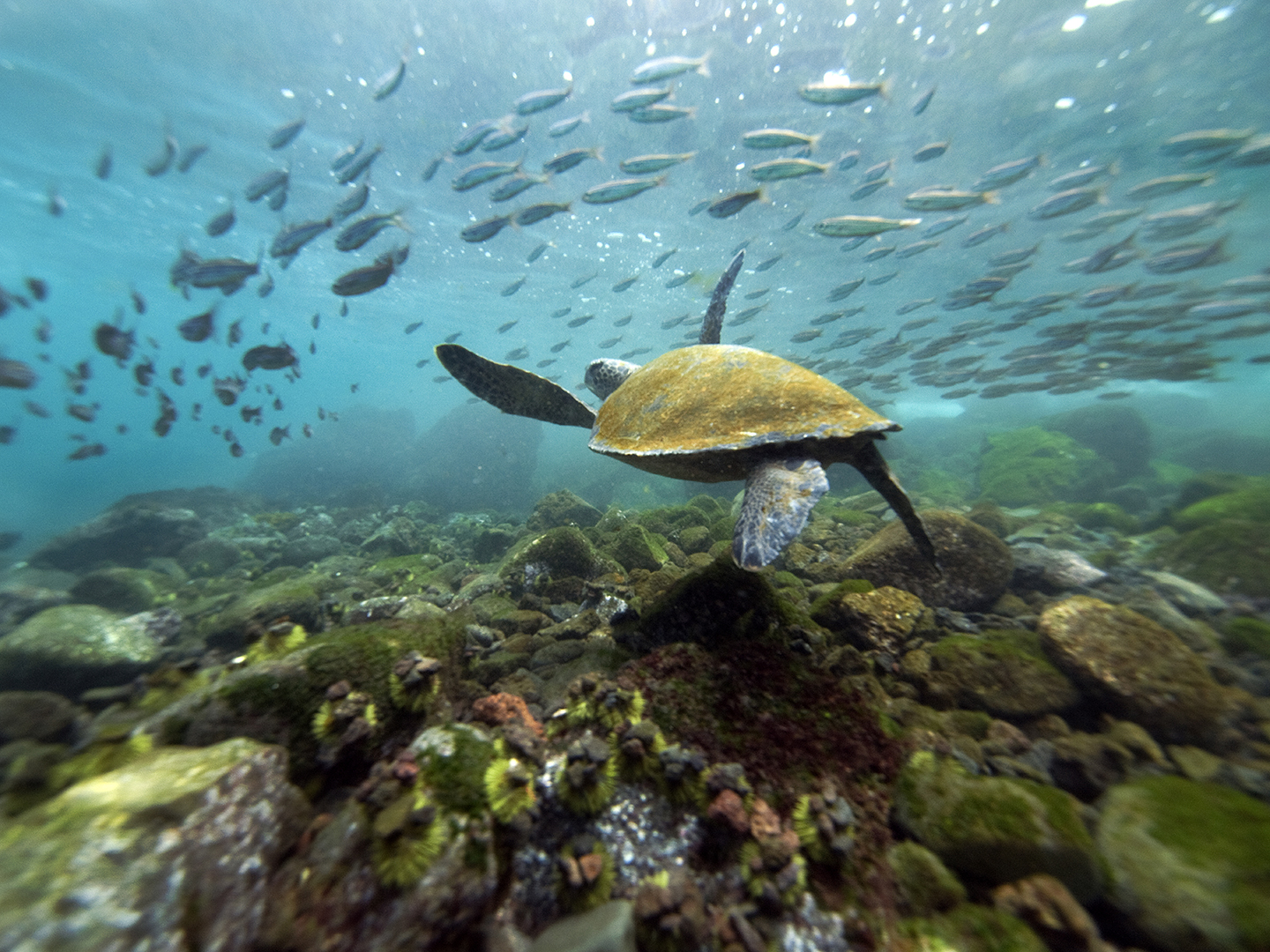
This image of a sea turtle was shot off of Isabela Island, along the cliffs of Punta Vicente Roca. Home to a sizeable population of turtles, we were snorkeling the shallow waters, with turtles appearing regularly. This turtle was swimming, slowly I thought, through a school of fish when I decided to follow and photograph. My idea of it swimming “slowly” was soon dashed to the rocks, as I was having to swim as hard as I could, fins kicking rapidly, just to keep up with the perceived slow pace of the turtle. You’ll notice the edges of the frame have movement, as I was going as hard as I could, camera out in front while framing the image with the monitor. Olympus E 520, 7-14mm lens @ 7mm, 1/160th of a second at f5.6, 400ISO
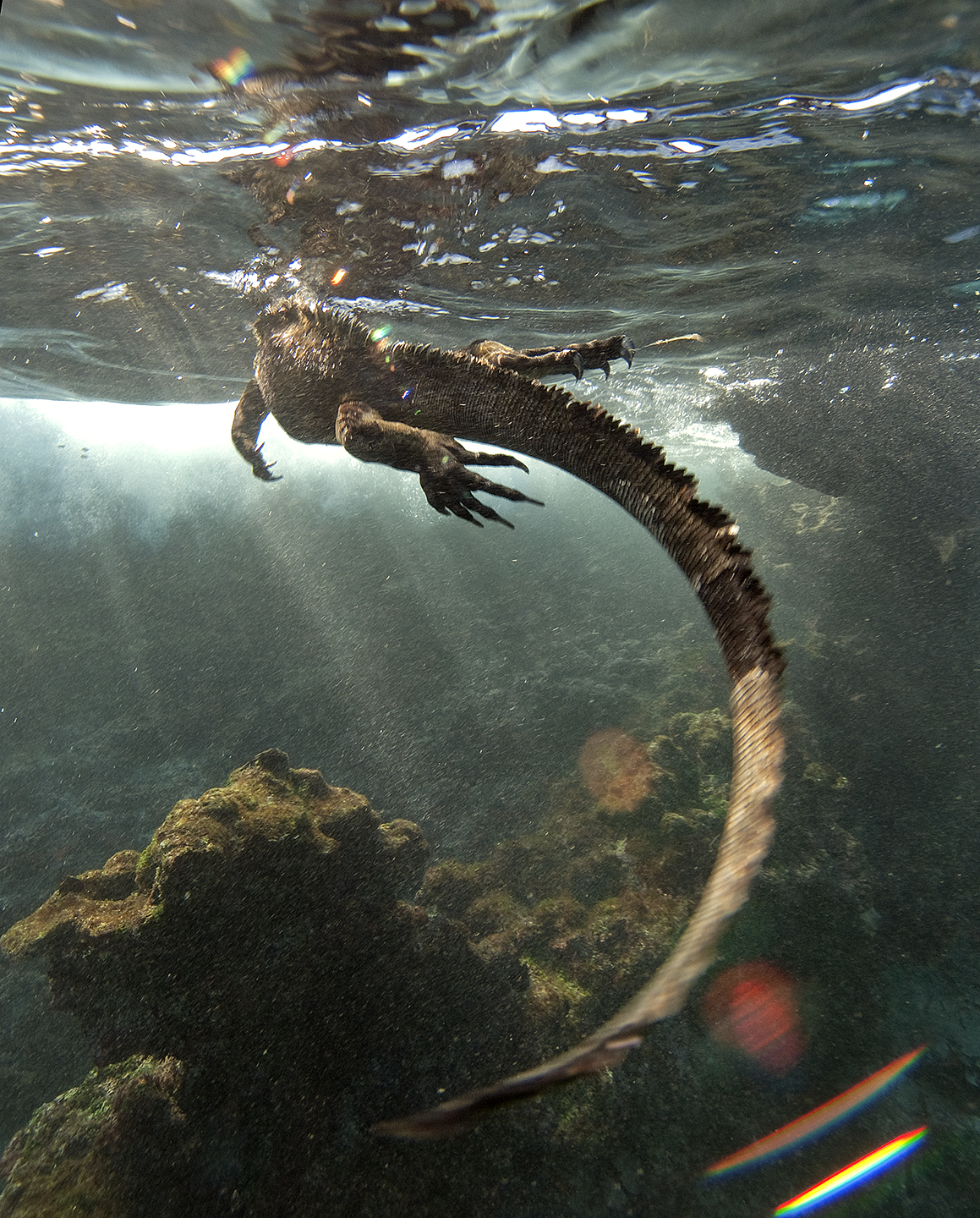 A marine iguana is the subject of this frame, shot late afternoon in one of my favorite underwater destinations in the Galapagos, Sombrero Chino, or China Hat. I was able to snorkel in this area twice, on those trips; both times we had fantastic encounters. The marine iguanas were pretty oblivious to our presence as were the other critters in this place. We had several Galapagos penguins swim right up to our cameras, pecking the housings and generally hanging out with us. This iguana had slowly passed me, I followed and shot vertically to capture the curvature of the tail
A marine iguana is the subject of this frame, shot late afternoon in one of my favorite underwater destinations in the Galapagos, Sombrero Chino, or China Hat. I was able to snorkel in this area twice, on those trips; both times we had fantastic encounters. The marine iguanas were pretty oblivious to our presence as were the other critters in this place. We had several Galapagos penguins swim right up to our cameras, pecking the housings and generally hanging out with us. This iguana had slowly passed me, I followed and shot vertically to capture the curvature of the tail
Olympus E 520, 7-14mm lens @ 7mm, 1/125th of a second at f7.1, 400ISO
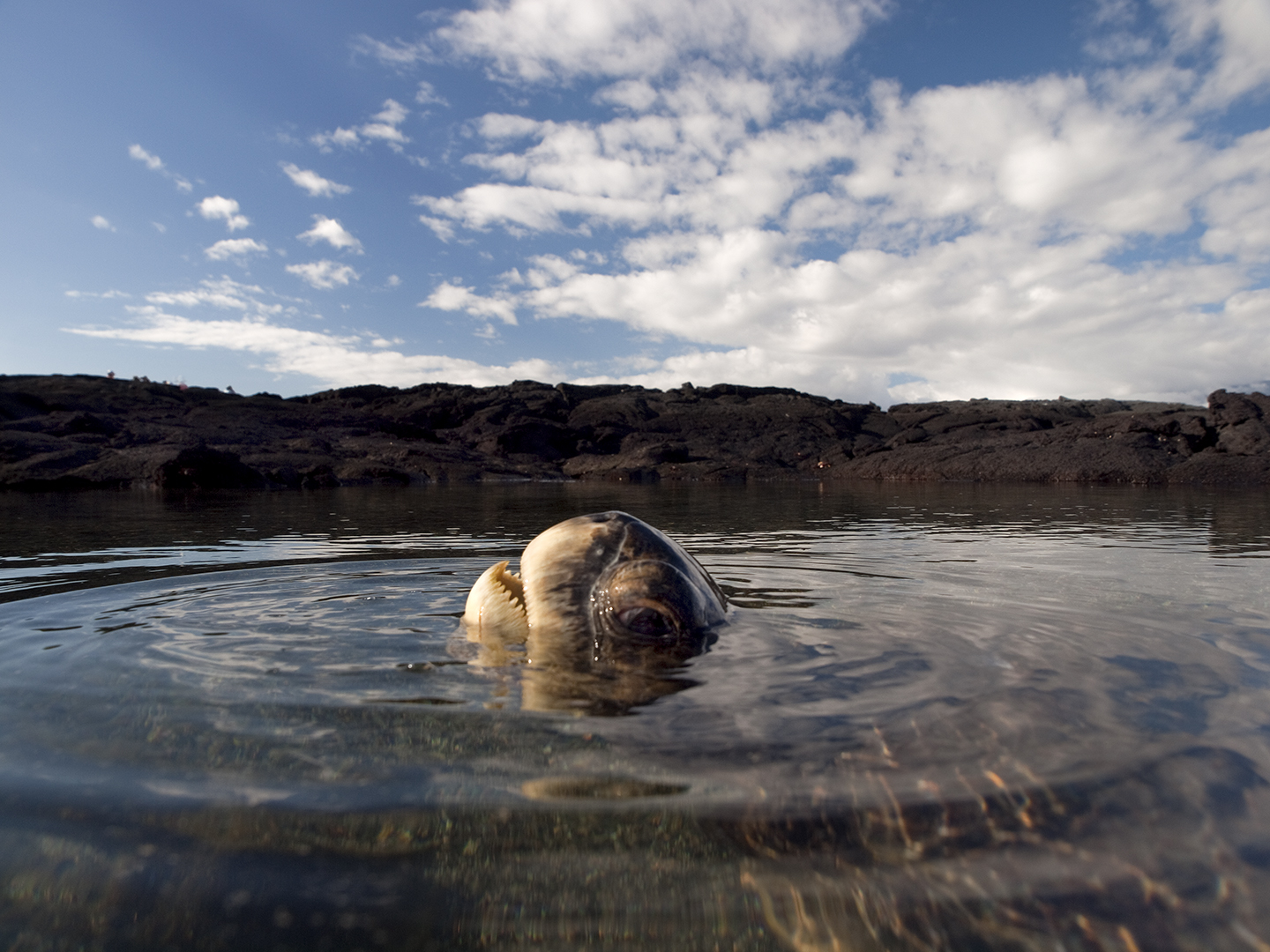 This craft often demands patience, the case in this photo of a sea turtle’s head breaking the surface of a small tidal pool. Shot on Bartolome, we had literally just stepped out of the Zodiac raft, which had carried us from the Endeavour to the shore. The tide being out, there were a couple of sizeable tidal pools, and I noticed this sea turtle resting at the bottom of the shallow water. I thought it would make an interesting image, shot from “turtle’s eye-view”, so I sat by the pool, pulled out the monitor on my E30 and waited- about 15 minutes until the turtle lifted it’s head above the surface to breath. The camera was at surface level, I was able to look straight down from a short distance, using the “Live View” of the E30 to frame the image. The first time it lifted it’s head was essentially a trial run…the water ripples were not perfect, the second time the head was not perfect, this frame it kind of all came together.
This craft often demands patience, the case in this photo of a sea turtle’s head breaking the surface of a small tidal pool. Shot on Bartolome, we had literally just stepped out of the Zodiac raft, which had carried us from the Endeavour to the shore. The tide being out, there were a couple of sizeable tidal pools, and I noticed this sea turtle resting at the bottom of the shallow water. I thought it would make an interesting image, shot from “turtle’s eye-view”, so I sat by the pool, pulled out the monitor on my E30 and waited- about 15 minutes until the turtle lifted it’s head above the surface to breath. The camera was at surface level, I was able to look straight down from a short distance, using the “Live View” of the E30 to frame the image. The first time it lifted it’s head was essentially a trial run…the water ripples were not perfect, the second time the head was not perfect, this frame it kind of all came together.
Olympus E30, 12-60mm lens @ 12mm, 1/250th of a second at f5.6, 200ISO
We continued to many more locations, with many more photographic opportunities. If you’d like to see more images from the Galapagos, please click here to visit a gallery of photos.
These trips are incredible, for the photographer as well as the natural history aficionado. If you are interested, you can click here to be taken to the National Geographic/Lindblad website. I’ll be working on several more trips, if interested I’ll be glad to provide those to you.



